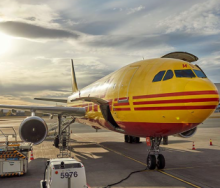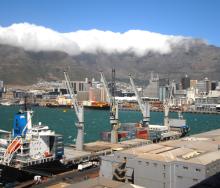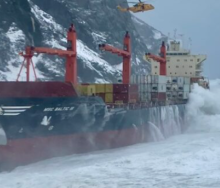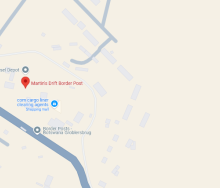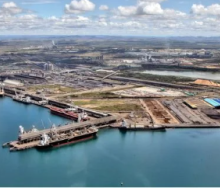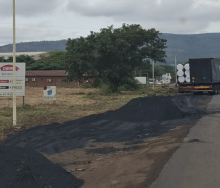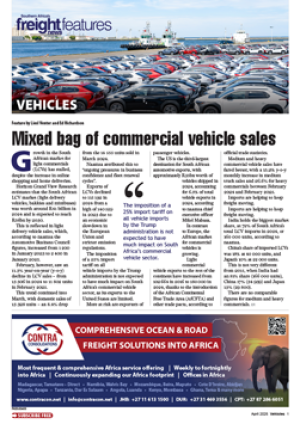The price of bunker fuel has set a new record of $1 042 per ton after the previous record of $1 040.40 on March 9, less than two weeks after Russia’s invasion of Ukraine on February 24.
Now, with the conflict having started 100 days ago, the price of very low sulphur fuel oil (VLSFO) has hit a record high at 20 of the world’s top bunker facilities.
That’s according to data collected from ports like Singapore, Rotterdam, Hong Kong, Antwerp, Busan, Gibraltar, Panama, and the twin ports of Los Angeles/Long Beach.
There’s an “aha” moment though to bunker prices, especially insofar as they impact VLSFO since 0.5 sulphur content fuel was forced on the liner industry by the International Maritime Organization (IMO).
Of course, high sulphur fuel oil (HSFO) remains in use by vessels fitted with exhaust scrubbers or run by liquefied natural gas.
The IMO’s sulphur restriction caused a significant price difference or spread between VLSFO and HSFO when the former became compulsory on New Year’s Day, 2020, for vessels not equipped with scrubbers or powered by LNG.
Shortly after the IMO’s ocean freight decarbonisation drive became law, the spread was $314.50 per ton.
But the coronavirus outbreak caused bunker prices to plummet to $45 per ton, leading lines who had invested millions in rigging vessels with the necessary means to use cheaper HSFO wondering whether it had been worth the expense.
However, with the price of VLSFO now going through the roof at $1 042 per ton because of the war in Ukraine, that’s no longer the case, reports American Shipper.
“HSFO, known as IFO380, averaged $741.50 per ton on Wednesday at the top 20 ports. That put the VLSFO-HSFO spread at $300.50 per ton.
“At these spreads, scrubber investments are highly profitable.”
Moreover, the bunker adjustment factors or BAFs that will filter into the system once the price of VLSFO is factored into containerisation costs, will most likely be reflected in even higher shipping rates.
It’s important though to remember that 77% of box ships capable of carrying 17 000 TEUs or more are equipped with scrubbers.
American Shipper adds that in the 12 000 to 16 999 TEU range, 61% of cargo vessels are equipped with the necessary technologies to run HSFO.
According to Lars Jensen, the CEO of shipping advisory consultancy Vespucci Maritime, the current spread between VLSFO and HSFO has a major price benefit for lines using scrubber-run vessels.
“Most bunker fuel surcharges are linked to VLSFO price. This, de facto, means if a carrier has scrubbers on the vessels and BAFs linked to VLSFO, it is effectively getting paid by shippers for the high cost of VLSFO while at the same time buying the IFO380 [for] less and pocketing the difference.”



